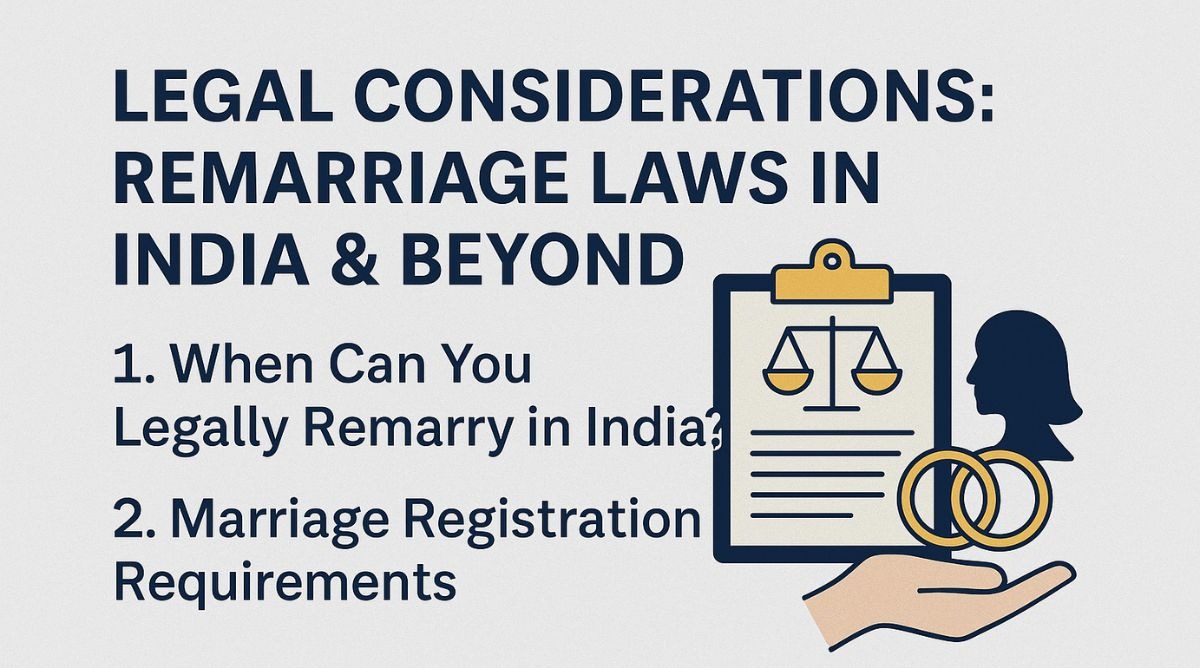Vikram Nath, J.@mdashThis writ petition has been filed by the landlord for quashing the judgment and order dated 12101987 and 291985 passed by respondents 2 and 1 respectively whereby the application of the petitioner for release of the premises in dispute under Section 21 (1) (a) of U.P. Urban Buildings (Regulation of Letting, Rent and Eviction) Act, 1972 (hereinafter referred to as the Act) has been dismissed and the appeal against the same has also been dismissed.
2. The dispute relates to house No. 97 Khandak Bazar, Meerut of which the petitioner along with his brother Prem Prakash are the owners. On the first floor of the said building, the respondent No. 3 is a tenant. Originally, one Sri Gopal was the owner of the house in dispute. However, after his death pursuant to the partition between the brothers two third portion of the tenanted accommodation went to share of Hem Prakash and one third fell in the share of the petitioner. Accordingly, the rent which was being received by Sri Gopal father of the petitioner was proportionately divided between two brothers. Sri Hem Prakash sold his share in premises in dispute to Sri Raj Kishore Sharma. Further, the petitioner alongwith his family members was residing in his tenanted accommodation at 62, Dalampara, Meerut city. The family of the petitioner consisted of himself, his wife, two sons and two daughters. The accommodation available to the petitioner was three rooms and three veranda. When the elder son of the petitioner became of marriageable age the petitioner applied for release of his portion in the tenancy of the respondent No. 3 in order to settle his eldest son. The release application was filed on 2161983 and was registered as P.A. Case No. 109 of 1983. In para 9 of the release application it was specifically averred that the defendant tenant had purchased a residential building bearing No. 145 Bhatwara, Meerut City in the year 1968 and the said building was in his possession which comprised of six rooms, kitchen, bathroom and latrine etc. where the tenant could easily shift and would not suffer any hardship. This fact was disputed by the tenant in his written statement. Prescribed Authority vide judgment dated 291985 did not find the petitioner landlord to have bona fide need of the premises in dispute and accordingly rejected the release application. It further recorded a finding that there was no evidence on record placed by the landlord to establish that the tenant was the owner of the house No. 145 Bhatwara, Meerut. Aggrieved by the same the petitioner filed appeal under Section 22 of the Act which was registered as Misc. Appeal No. 325 of 1985. During pendency of the appeal the petitioner learnt that the tenant had again purchased house No. 145 Bhatwara, Meerut vide registered saledeed dated 2381985. After obtaining certificate copy of the saledeed it was filed along with an affidavit dated 15101986 before the Appellate Court. Counter affidavit dated 2531987 was also filed by the tenant in reply which has been filed as AnnexureCA6 to the counteraffidavit. The Appellate Court vide judgment dated 12101987 dismissed the appeal. Aggrieved by the same the landlord has filed the present writ petition.
3. I have heard Sri Pramod Jain learned Counsel for the petitioner and Sri U.K. Saxena, learned Counsel for the respondent No. 3.
4. Learned Counsel for the petitioner has contended that the Appellate Court committed serious illegality in as much as it failed to take into consideration the affidavit dated 5101981 and the saledeed dated 2381985, certified copy of which was filed and the counteraffidavit filed by the tenant and has wrongly recorded a finding that there was no evidence on record that the tenant was the owner of house No. 145 Bhatwara, Meerut. It is further contended that the tenant in his counteraffidavit dated 2351987 filed before the Appellate Court had admitted ownership of the said house and therefore, the findings of the Appellate Court that the tenant was not the owner of the said house is palpably incorrect.
5. Sri U.K. Saxena learned Counsel for the respondent has contended that the landlord failed to bring any amendment in the pleadings while filing the certified copy of the saledeed and therefore, even if the Court could have taken note of the saledeed it would not be any help to the landlord in as much as evidence is to be considered only in support of the pleadings and in absence of any specific pleadings mere filing of the said affidavit could not be of any benefit to the landlord. He has further contended that before the Appellate Court the tenant had specifically averred in his affidavit that house No. 145 Bhatwara was not a residential accommodation and was exclusively being used for commercial/nonresidential purposes and as such also the landlord could not derive any advantage from the saledeed.
6. Having considered the submissions made by the parties in my view the Appellate Court committed illegality by ignoring the affidavit and saledeed filed by the landlord petitioner on 15 101986 and also the counteraffidavit filed by the tenant respondent on 2531987. Whether or not the saledeed filed by the landlord petitioner could be of any help or not, whether necessary pleadings were there or not or whether there was some deficiency in the pleadings is to be considered by the Appellate Court, which could have declined to consider the same but in any case it could not ignore the same. Even otherwise the saledeed was a material piece of evidence. Further, the saledeed could have an impact irrespective of the proviso to Section 21 (1) of the Act which takes away the right of the tenant to object to the release application. It could be of material help to the landlord. Once a fact has come on record that the tenant owned and possessed a residential building in the same city then not only the tenant loses his right to object to the release application, it also brings about material difference while considering the comparative hardship between the landlord and tenant. In any case the petitioner landlord had pleaded in his release application regarding tenant being owner and in possession of house No. 145 Bhatwara may be on a wrong premise but still as this fact had been established before the Appellate Court its consideration and its effect was essential. Therefore, the judgment of the Appellate Court in my view stands vitiated on account of nonconsideration of the affidavit dated 15101986, the saledeed dated 2381985 and the counteraffidavit dated 23 51987.
7. Sri Saxena learned Counsel for respondent at this stage made a request that the parties may be permitted to lead evidence to establish the nature and use of the house No. 145 Bhatwara, Meerut as to whether it is residential as mentioned in the saledeed or it is commercial or nonresidential as alleged by the tenant. Sri Pramod Jain learned Counsel for the petitioner also prays for similar plea being granted/permitting the landlord also to lead evidence.
8. In the facts and circumstances as stated above, the writ petition succeed and is allowed. The impugned judgment of the Appellate Court dated 12101987 is set aside and the matter is remanded back to the Appellate Court for reconsideration in view of the observations made above after affording opportunity to the parties to lead evidence. Since the release application was filed in the year 1983 it would be but appropriate that the Appellate Court may endeavour to decide the appeal at the earliest if possible within four months from the production of certified copy of this order.

